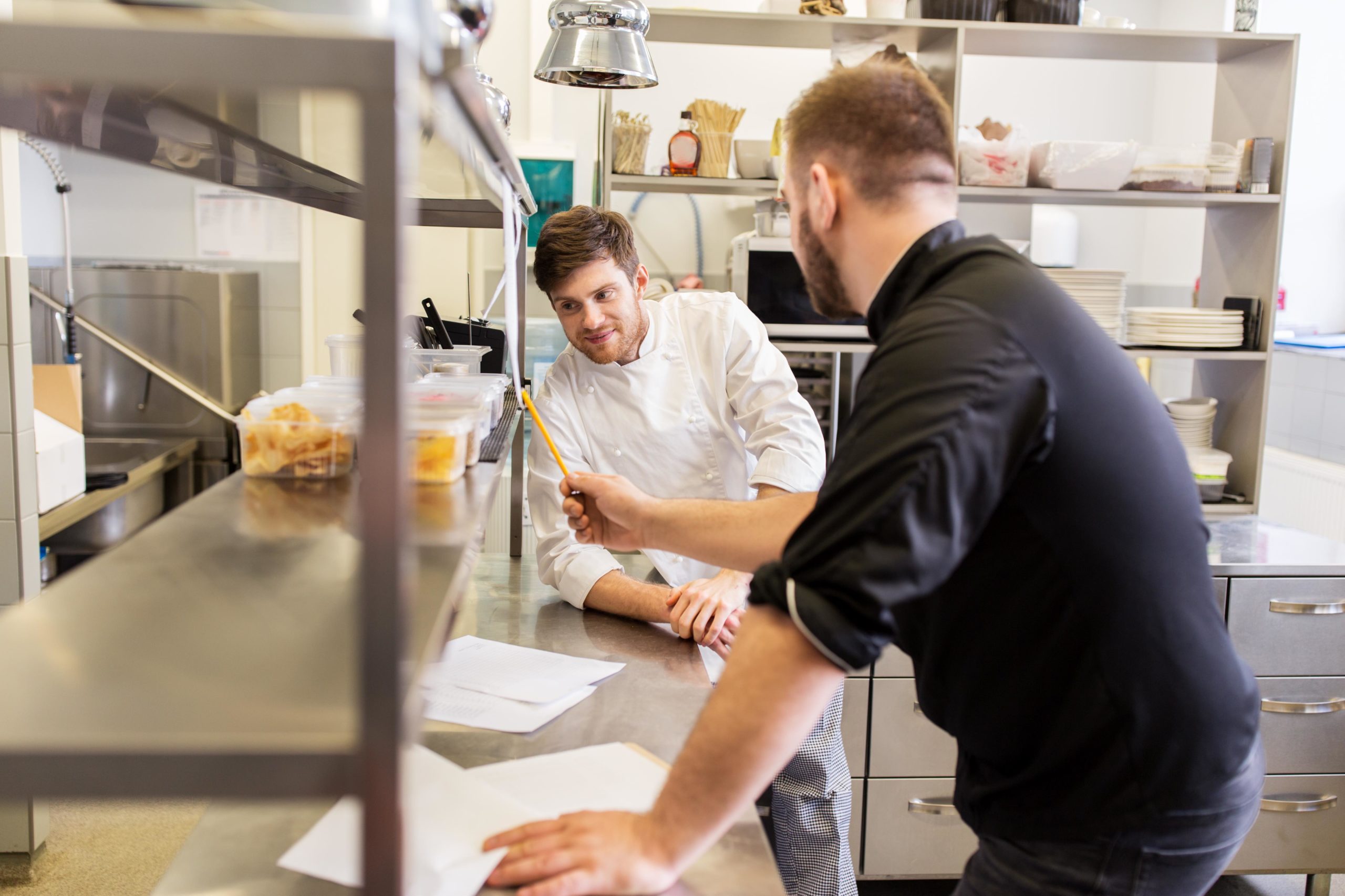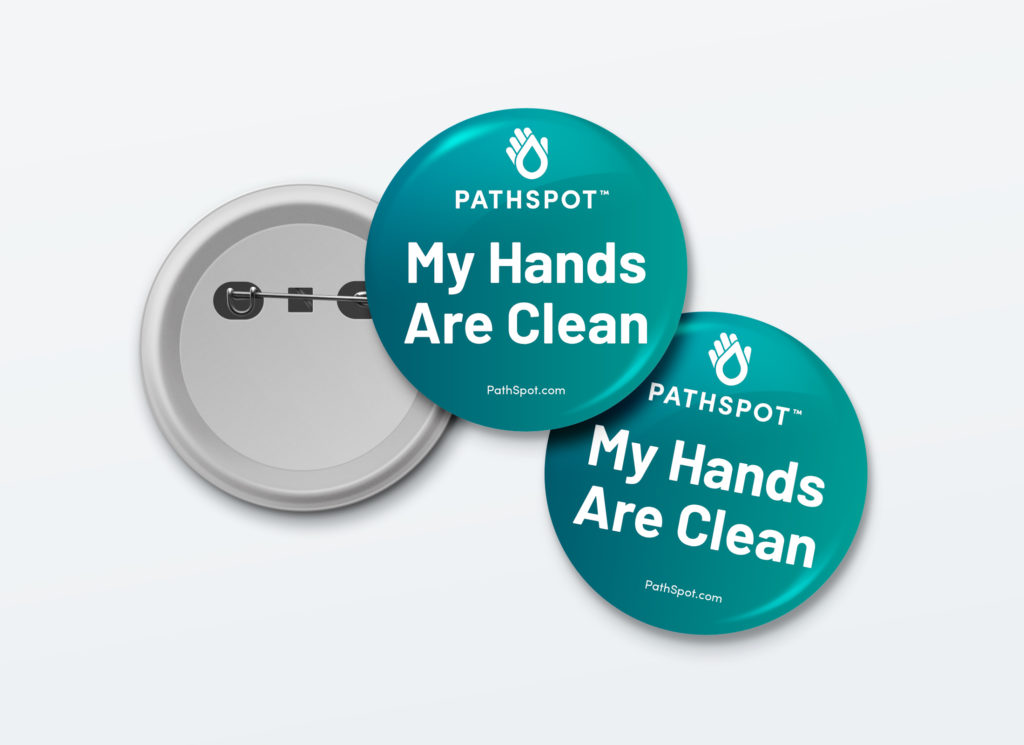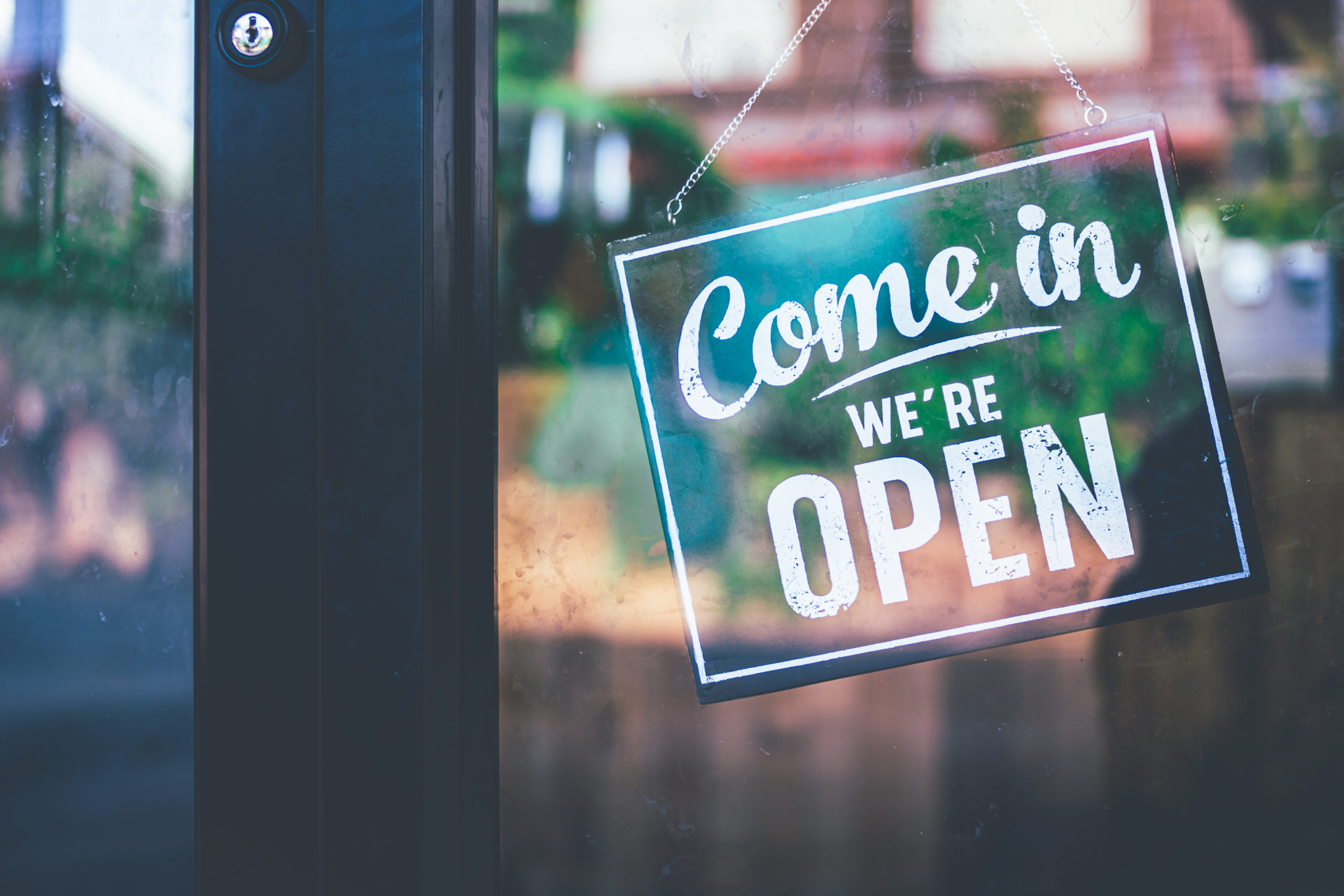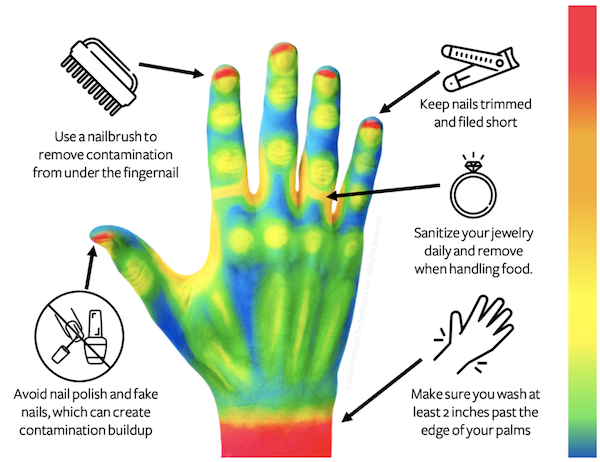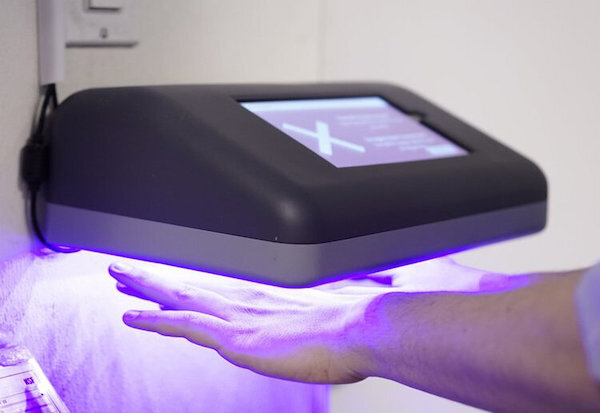How can you streamline efficiency and food safety? Try Optimizing Your Task Management Processes with Digital Checklists & Forms
Current and Upcoming Employee Safety Regulations in the United States
Efficiency is a critical factor in today’s fast-paced business world, particularly when it comes to routine processes and workflows that prioritize time, accuracy, and food safety. If your company still relies on traditional paper checklists or spreadsheets, it’s time to consider embracing digital solutions. Companies have found that digital task management forms streamline your processes and offer many benefits.
Four Ways to Increase Efficiency and Improve Food Safety
First: Automate Your Task Management
A standout feature of digital forms is automated task management. With real-time assignments, tracking, and updates, you leave no room for oversight. Automated notifications for overdue, out-of-range, or incomplete tasks ensure that critical processes are consistently completed within designated timelines.
Second: Embrace the Digital Transformation
Shifting from paper-based checklists or spreadsheets to digital forms can be accomplished swiftly, yet the impact is substantial. Digital checklists and forms enhance efficiency, simplify management, and minimize the risks associated with lost information, errors, and discrepancies commonly encountered with traditional methods.
Third: Focus on Handling Corrective Actions EfficientlyDigital task management forms enable prompt and efficient handling of corrective actions. When a staff member flags a task as incomplete or out-of-range, the system automatically assigns corrective actions to address the issue. This ensures timely resolution of problems while relieving management of manual monitoring and issue resolution burden.
Fourth: Improve Your Staff/Shift Communications
Effective communication is another area where digital forms excel. Through text and email notifications, team members can effectively communicate and keep each other updated on task statuses, fostering shared understanding. This boosts overall efficiency and cultivates a culture of accountability and transparency within the team.
PathSpot’s SafetySuite Promises to Increase Efficiency and Improve Food Safety
In today’s digital world, businesses must leverage technology to maintain a competitive edge. PathSpot’s PowerTask is your solution to digital task management forms that serve as a game-changing tool for streamlining processes, enhancing communication, and ensuring consistency and accuracy in operations for food safety. Request a demo today to explore how digital PowerTasks forms can benefit your business.
PathSpot SafetySuite also offers a range of additional hardware and software tools that further streamline operations which include: PowerTemp, PowerLabels, and HandScanner with a robust data hub to provide 24-7 access to your analytics. By integrating these tools with our digital PowerTasks, you can establish a comprehensive digital solution that supports every aspect of your food business.

